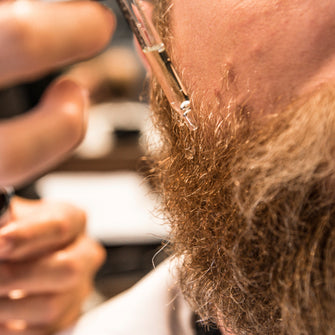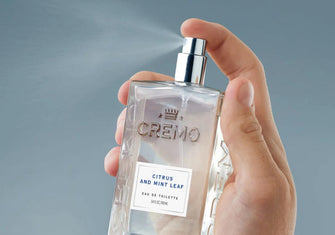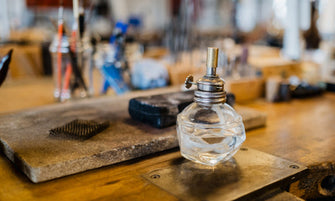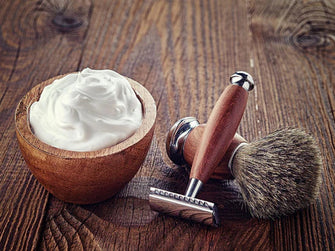June 21, 2022
The History of the Barber Pole
The Barber Pole is one of the most recognizable symbols on the planet, but have you ever wondered just how this ubiquitous aesthetic became so popular and synonymous with the barbering profession?
European Middle Ages
To really understand the origination of the Barber pole, we must go back to the European Middle Ages. Back in the medieval ages, a Barber (or Barber Surgeon) was the only person with the sharp instruments needed for a shave and trim. Because a Barber owned such sharp instruments, which were not so readily available, they also had to perform minor surgeries, dentistry (tooth extractions) and tasks such as bloodletting. Once a Barber Surgeon had completed the procedure they were working on, they would hang the bloody bandages outside and these bandages would twist and turn in the wind, forming the familiar spiral pattern. As times evolved, the bandages were replaced with a pole (usually wooden to represent the rod patients held during procedures) which was painted in red and white stripes.United Barber Surgeon’s Company
The first mention of the Barber’s company occurs in 1308 when Richard le Barbour was elected to keep order amongst his peers. Barber Surgeons would generally aid monks, who were the pioneers of medicine and surgery at the time. The church had religious orders that monks were not allowed to spill blood, so they relied upon Barbers to not only administer shaves and haircuts, but also minor surgeries. This practice went on until 1540, until an act of parliament in England specified that no surgeon could cut hair or shave and that no barber could practice surgery. In fact, the only common theme for barbers and surgeons at this time was they were both allowed to extract teeth. Eventually, a statute passed which required barbers and surgeons to distinguish their services, so barbers used blue and white poles and surgeons used red and white poles.Modern Day Barber Poles
These days many barber poles are red, white and blue, particularly in the US. Some say this is attributed to the American flag, while the others say the red represents arterial blood and the blue represents the non-oxygenated blood in the veins and the white represents the bandages.
Clearly, the barbershop as we know it has come a long way and the barber pole still stands, or should we say spins? A truly iconic symbol of the trade.
Check out Cremo's range of Barber Grade Grooming products here.
Our Collection
Best Tips & Tricks



